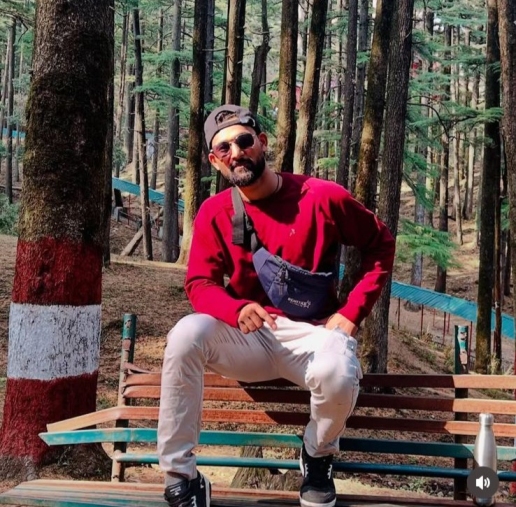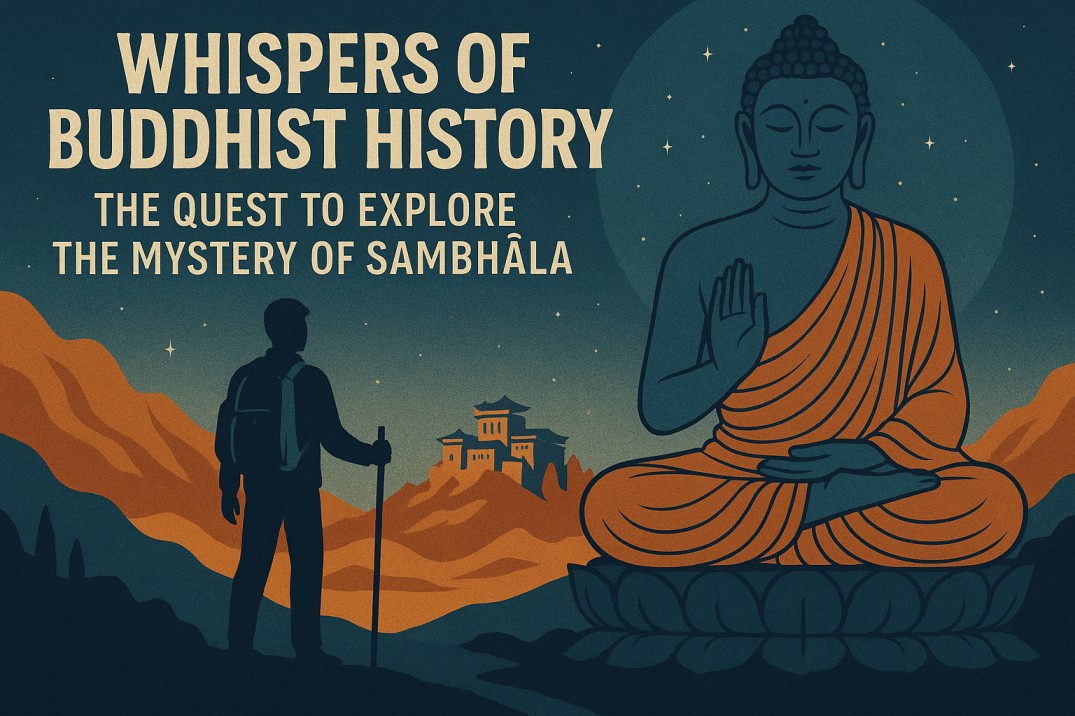
WHISPERS OF BUDDHIST HISTORY: THE QUEST TO EXPLORE THE MYSTERY OF SAMBHALA
For thousands of years, stories have been told of a mystical paradise called Shambhala. Hidden within the Himalayan Mountains, it has come to be known by many other names: Shangri-La, the Land of White Waters, the Forbidden Land, the Land of the Living Gods, the Land of Radiant Spirits, and the Land of Living Fire. The Chinese call it Hsi Tien. The Hindus call it The Land of the Worthy Ones or Aryavartha. The Russians refer to it as Belovoyde, and to the Bon, it is called Tagzig Olmo Lung Ring.
Discovering the mystery of shambhala (land of enlightened)- sparked the imagination and curiosity of many generations, faiths, cultures, and nationalities, and those with adventurous natures have even attempted to search for the physical location of this paradise, which is said to be filled with wish-fulfilling trees and clear jewel-like lakes.
Sambhala as perceived by a Buddhist
The name Shambhala in Sanskrit means ‘a place of peace/tranquillity/happiness’ or ‘place of silence’. It is considered a pure land within the Human Realm. Pure lands are places where one’s physical needs are redundant and because of that one can concentrate on spiritual practice to achieve higher states of consciousness. Whereas most pure lands exist in higher realms of existence such as the God Realm, Shambhala is unique. It exists in our very own Human Realm. The existence of this specific mystical paradise is mentioned extensively in the Kalachakra Tantra.
There are many places within our Human Realm, where according to Tantric scriptures, energies from different dimensions or levels of consciousness converge. These are extremely sacred and mystical sites, and our experiences when we visit these sites, vary according to our spiritual maturity. For example, the Heruka Chakrasamvara Tantras speak of 24 such locations in India and in each of these locations the entire mandala of Heruka Chakrasamvara is present. Those who practice Tantra in these locations are said to excel in their practice due to the enlightened energies there, which facilitate internal energetic processes better than in other physical locations. Shambhala is another location where there are perfect conditions for us to practice, especially the Tantric practice of Kalachakra. But unlike the 24 sacred sites associated with Heruka Chakrasamvara in India, Shambhala exists as its own kingdom separated from the worldly affairs of other countries and kingdoms.
According to the legend, Shambhala is a place where wisdom and love reign, and there is no crime. The kingdom of Shambhala is said to be in the form of an eight-petaled lotus, and the king of Shambhala rules from the city of Kalapa at the centre of this lotus. The residents of Shambhala have pure hearts, and they are immune to suffering, aging, and want. They are healthy and live for hundreds of years, and the food that they need for sustenance grows easily. The people of Shambhala consist of several well-defined classes: the farmers, the scholars, and the nobles, who all live harmoniously together.
Here are many legends associated with the location of Shambhala. The Zhang Zhung scriptures mention that Shambhala is located in the Sutlej Valley in Punjab, while the Mongolians believe that it is located in a valley in Southern Siberia. Altai folklore has it that the gateway to Shambhala is located on Mount Belukha, and modern Buddhist scholars believe that Shambhala is located in the high reaches of the Dhauladrar Mountain Range in the Himalayas. The geographical teachings in the Kalachakra Tantra indicate that Shambhala is located to the north of India, and according to the measurements provided by these teachings, this pure land is located in a sacred place for Buddhists, Hindus, Bon and Jains, Mount Kailash.
How to Travel to Shambhala
Although Shambhala exists within the Human Realm, it lies within a different dimension that we usually cannot interact with. It is said that only those who have the merits and affinity will be able to visit this pure realm. The 14th Dalai Lama mentioned that:
“Although those with special affiliation may actually be able to go there through their karmic connection, nevertheless it is not a physical place that we can actually find. We can only say that it is a pure land, a pure land in the human realm. And unless one has the merit and the actual karmic association, one cannot actually arrive there.”
The 14th Holy Dalai Lama
Shambala - The Prophecy of Hindus
In Hindu cosmology, time is divided into four Yugas or ages: Satya Yuga, Treta Yuga, Dvapara Yuga, and Kali Yuga. Each Yuga represents a gradual decline in moral and spiritual values, culminating in Kali Yuga, the age of darkness and degeneration. The characteristics of Kali Yuga, as described in the Puranas, include widespread corruption, loss of virtue, and an overall decline in human values. The Kalki Avatar is destined to appear at the darkest hour of Kali Yuga, heralding the end of this age and the beginning of a new cycle.
The prophecy of the Kalki Avatar has been a part of Hindu tradition for millennia, with references found in several ancient texts such as the Mahabharata, Vishnu Purana, and Bhagavata Purana, Bhavishya Malika. These texts provide detailed descriptions of Kalki’s lineage, his divine mission, and the socio-political conditions of the world at the time of his arrival. Historically, periods of intense social and political turmoil have often witnessed a renewed interest in the prophecy, reflecting a collective yearning for change and the restoration of order.
Shambhala, the prophesied birthplace of the Kalki Avatar, holds a mystical significance in Hindu and Buddhist traditions. Shambhala, also known as Gyanganj. Often depicted as a hidden paradise, Shambhala represents an idealized society where peace, wisdom, and righteousness prevail. The concept of Shambhala has inspired numerous interpretations and explorations, both spiritual and geographical. In the context of the Kalki prophecy, Shambhala symbolizes the source of divine intervention and the beginning of a new era of enlightenment.
The mystical kingdom of Shambhala has attracted many people across generations to search for and attempt to find this hidden kingdom driven by their personal reasons. There are also many great meditators that have travelled astrally to this place and given vivid descriptions of their experiences. There will be many more in the future who will visit and tell of their experiences. However, while the story of Shambhala is fascinating for many who wish to visit or create the affinity to be born there to do their practice with less distraction, it is also important to start working on our negative tendencies and achieve our Inner Shambhala.

Atul Bhandari
WHISPERS OF BUDDHIST HISTORY
Atul Bhandari is a PGT Geography in Delhi Public School, Nacharam. He is ery passionate about travelling and is always on a journey of exploring himself and the world.
Enquiry
 Apply Now
Apply Now


